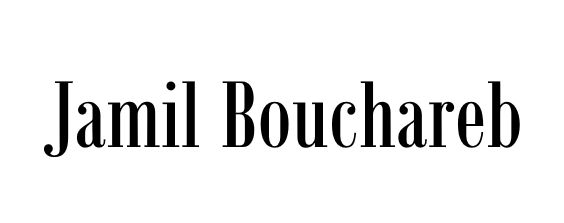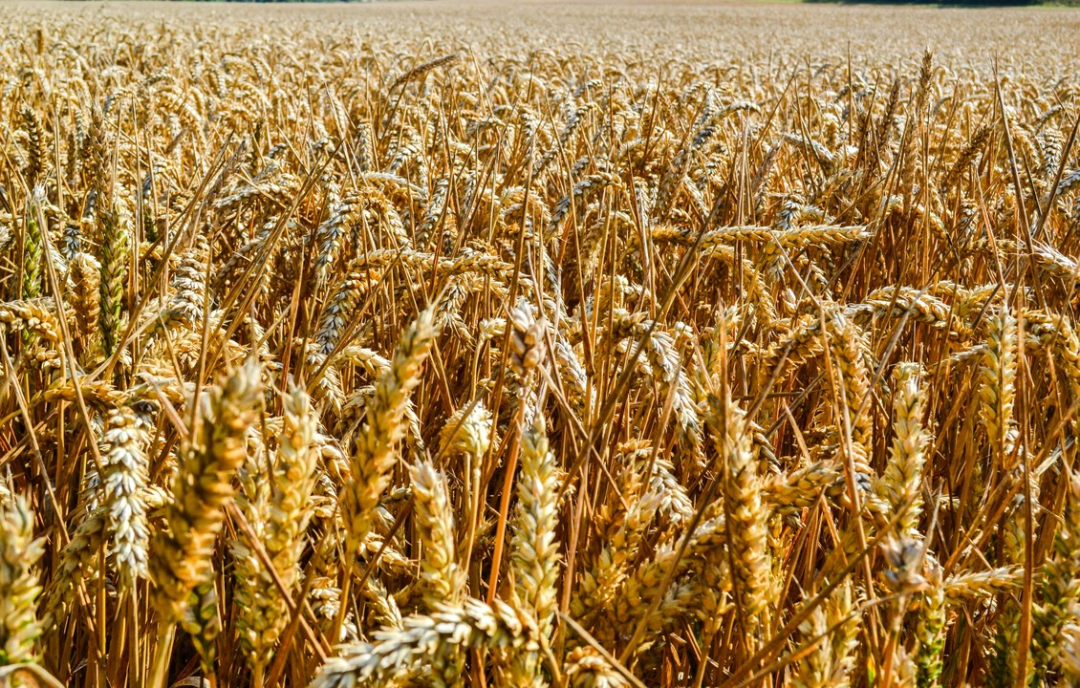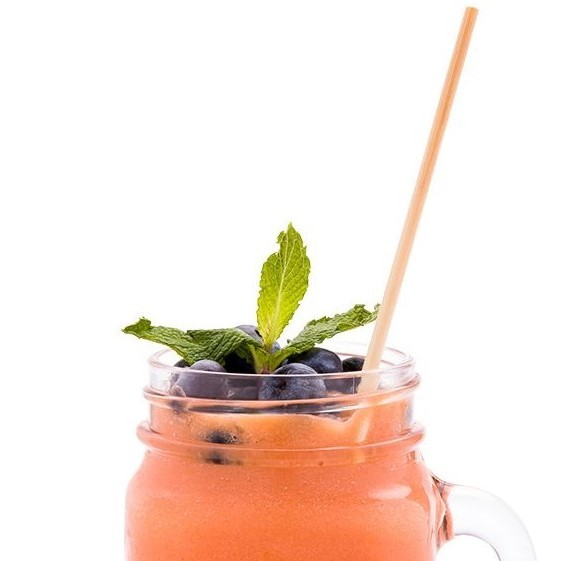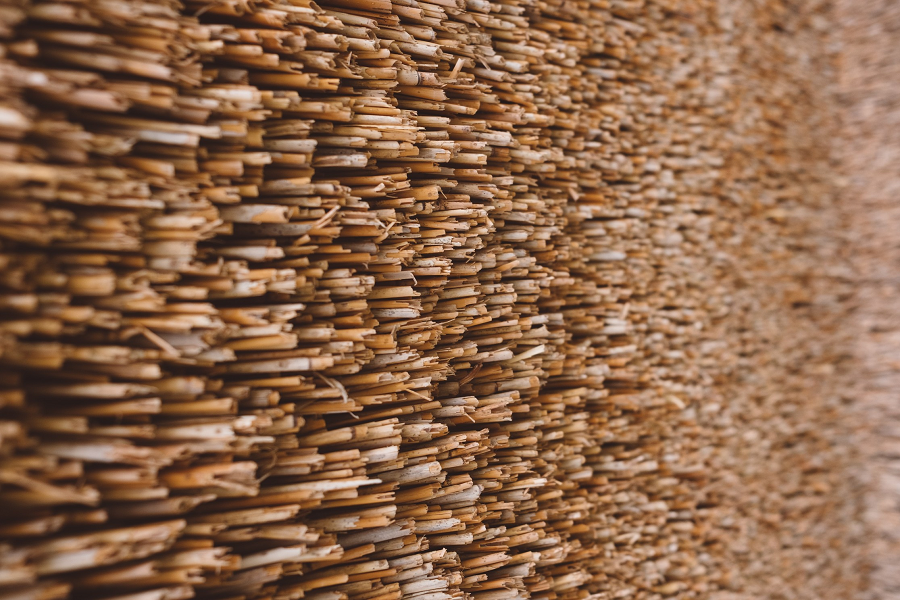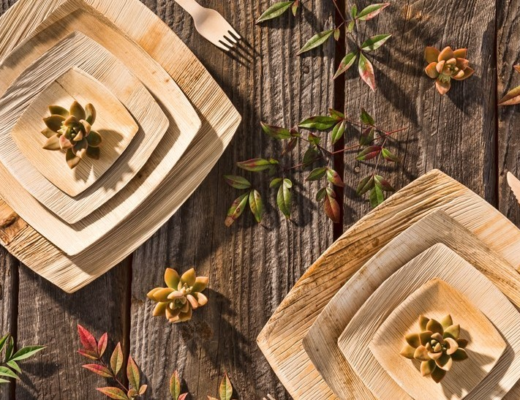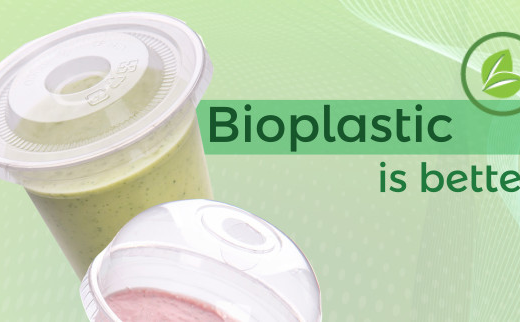Say hello to the new disposable straws that are revolutionizing the eco-friendly straw movement.
Hay straws, made from repurposed wheat stems, are posed to be the best eco-conscious innovation the food and beverage industry has seen this decade. Here’s what you should know about them and why you should be excited they exist.
First things first, what exactly are hay straws?
Hay straws, created as a renewable and environmentally-friendly alternative to plastic straws, are disposable drinking straws made from hay. These resourceful straws are made from the thin and naturally hollow stems of wheat plants, often referred to as hay, and they’re entirely biodegradable and water-resistant.
How are hay straws made?
Hay straws can be grown and harvested on any farm that grows wheat to produce flour for cereal, bread, pasta, or other staple food items. When farmers grow and harvest wheat, they are typically interested in collecting the “heads” of the wheat plant. The heads of wheat plants contain “kernels,” which will be collected, processed, and ground into flour.
Rather than letting the remaining stems of the wheat plant go to waste, they can be collected, trimmed, and sanitized for use as disposable drinking straws. They’re fully biodegradable & compostable – and they provide a sustainable outlet for reducing waste.
Companies that manufacture natural hay straws, such as Restaurantware, treat the dried wheat stems to a triple-washing and sanitation process to ensure that they’re thoroughly cleaned and safe for use as drinking straws. After they’ve been cleaned and neatly trimmed to size, these biodegradable straws are ready for use in all types of beverages.
What makes hay straws different than other eco-friendly drinking straws?
From biodegradable paper straws to cornstarch-based PLA straws, there are many types of eco-friendly straws available to consumers. There are two key distinctions that make hay straws a better option for the environment than any other biodegradable or compostable straws.
- Hay straws, because they provide a use for wheat stems that are leftover from the agricultural industry, can be manufactured without generating any additional waste.
- Also, by not requiring any additional resources be farmed and harvested during production, hay straws are a significantly more renewable and sustainable option than other eco-friendly disposable straws.
Okay, but let’s get down to it. Why should I care about hay straws?
If you’ve seen the infamous video of a sea turtle with a plastic straw lodged within its nostril, you can probably instantly conjure a picture of the very real effects that disposable plastic straws have on the environment. As the movement to find eco-friendly straws grows stronger, and as more businesses and legislatures move to ban plastic straws, we’ll need to find a suitable replacement for these single-use commodities sooner than later.
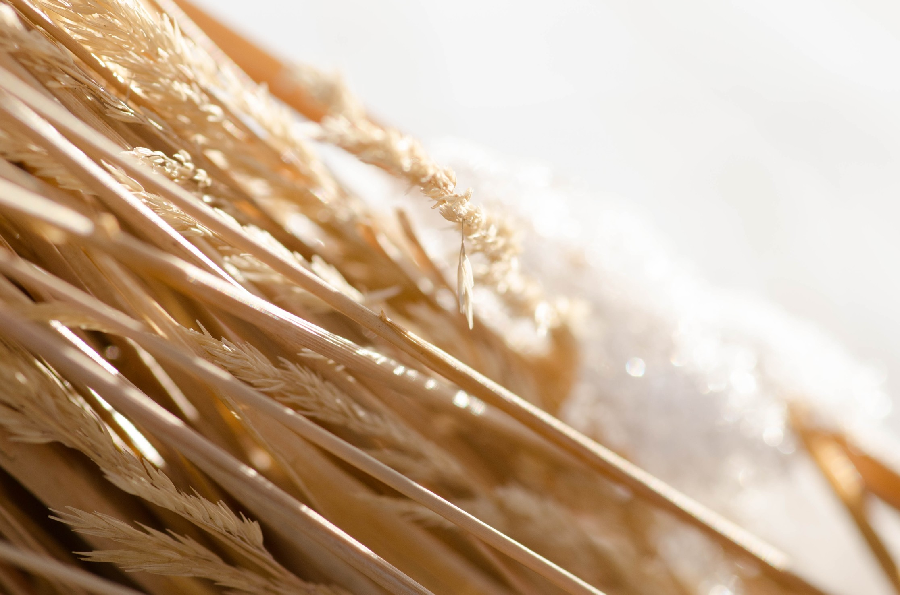
Why do we need to commit to removing plastic straws from our daily routines?
Plastic straws, because of their small size and lightweight design, literally fall through the cracks on their way to waste disposal facilities or while being sorted at waste disposal facilities. Where do they end up?
Unfortunately, a lot of them end up in our streams, rivers, waterways, and oceans. Once there, they’ll spend the next few centuries wreaking havoc on various ecosystems while they leach chemicals into the water and degrade into dangerous microplastic particles. Consumed by mollusks, shellfish, and other types of animals and marine life, microplastics are able to infiltrate and contaminate every step of our food chain.
Did you know that Americans use 500 billion plastic straws every single day?
For an item used to sip and enjoy beverages for just a few minutes at a time, the impact it leaves on the environment can last anywhere from 200-500 years.
To put that into perspective, if Ludwig van Beethoven had used plastic straws while he composed the Fifth Symphony in 1808, those very same straws would likely still be lingering in our ecosystems today.
How do hay straws compare to plastic straws in terms of convenience and ease of use?
- Because wheat plants are naturally water-resistant, hay straws never get soggy and expertly hold their shape while submerged in liquids. Similarly to plastic drinking straws, hay straws make it easy for consumers to sip beverages without worrying about straws disintegrating or falling apart.
- Hay straws, because they’re BPA-free and made from natural ingredients, are completely safe for use with hot liquids and maintain their shape in coffees, teas, hot chocolates, and other warm beverages.
- Like disposable plastic straws, hay straws are intended for one-time use and provide consumers with the convenience to enjoy beverages on the go without having to worry about contributing to unnecessary plastic waste.
Where do I buy hay straws?
Restaurantware, a leading manufacturer of eco-friendly foodservice products, takes pride in collecting only the highest quality of wheat stems and giving them a new life as sustainable and disposable straws. Depending on your needs, you can choose from two popular sizes: 8-inch hay drinking straws and 5-inch hay cocktail straws. Restaurantware’s natural hay straws are food-grade, non-toxic, and BPA-free. They’re manufactured without the addition of bleaches or artificial dyes, and they’re entirely biodegradable and compostable.
As a company, Restaurantware is committed to continually developing innovative products that promote and encourage environmental sustainability and solutions within the food and beverage industry.
Are you ready to make the switch to natural hay drinking straws?
How will you integrate hay straws into your business or foodservice establishment? I’d love to hear from you in the comments.
